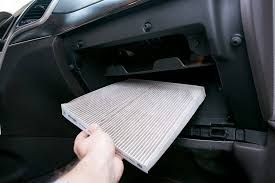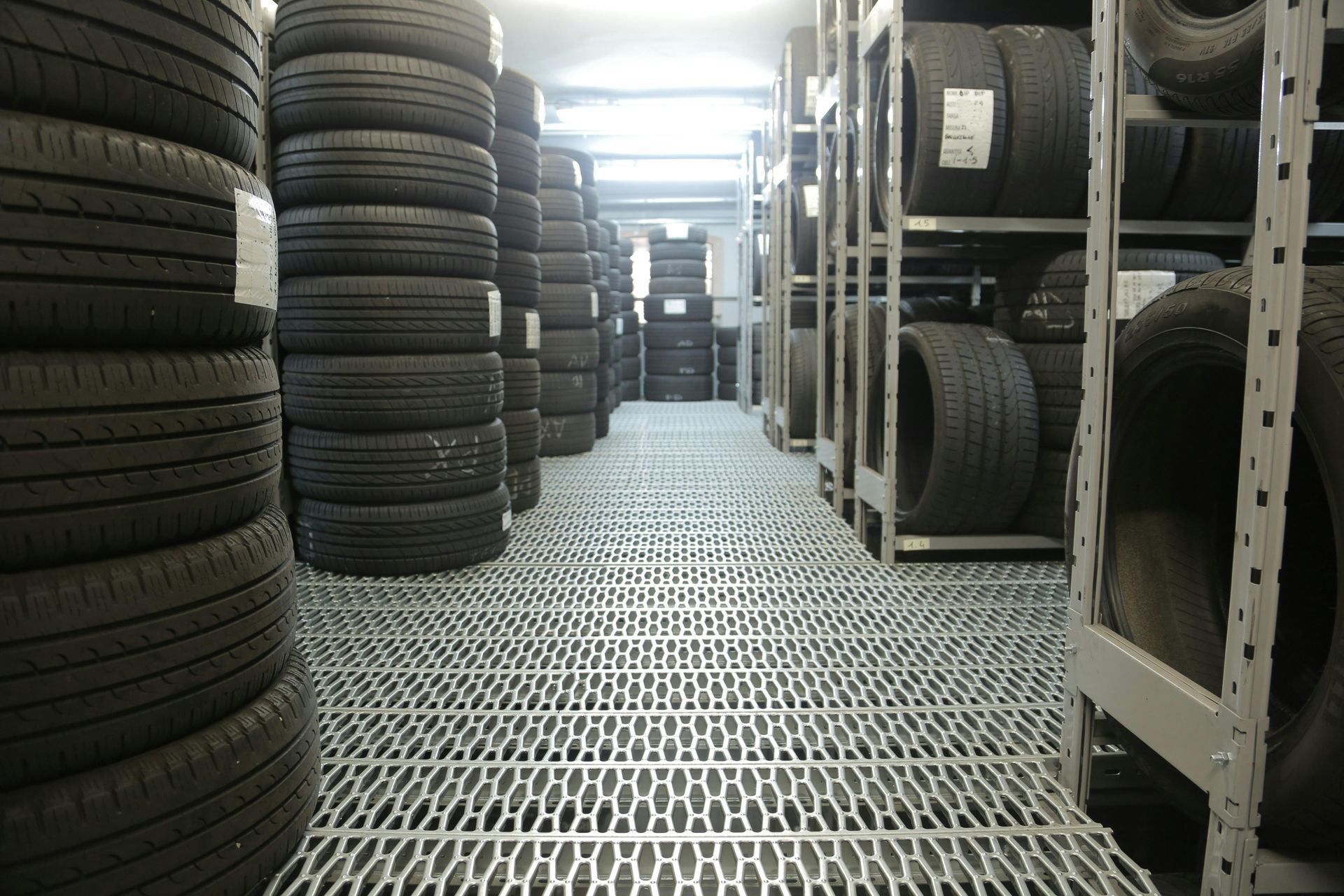Winter Car Maintenance Tips
As the cold weather settles in, it's crucial to ensure your vehicle is ready to handle the challenges of winter driving. From icy roads to freezing temperatures, proper maintenance can keep you safe and your car running smoothly. Here are some essential tips to help you prepare for the winter months.
1. Check Your Battery
Cold weather can significantly reduce your battery's effectiveness. Make sure to:
- Test the battery: Have it tested at a shop or use a multimeter.
- Clean terminals: Remove any corrosion from the battery terminals.
- Replace if necessary: If your battery is more than three years old, consider replacing it to avoid getting stranded in the cold.
2. Inspect Your Tires
Tires are your car's only contact with the road, so ensuring they’re in good condition is critical:
- Check tire pressure: Cold air can cause tire pressure to drop. Inflate your tires to the manufacturer’s recommended level.
- Inspect tread depth: Use the penny test or a tread depth gauge. If tread depth is less than 2/32 of an inch, it’s time to replace the tires.
- Consider winter tires: If you live in an area with heavy snowfall, winter tires can provide better traction.
3. Replace Wiper Blades and Check Fluid
Visibility is essential during winter storms:
- Change wiper blades: Old blades can leave streaks or fail to clear snow and ice effectively.
- Use winter wiper fluid: Make sure your windshield washer fluid is rated for freezing temperatures.
4. Check Your Antifreeze
Antifreeze, or coolant, prevents your engine from freezing:
- Inspect the coolant level: Ensure it’s at the correct level and not just water.
- Test the mixture: Use a hydrometer to check that the antifreeze-to-water ratio is appropriate (typically 50/50).
5. Maintain Your Brakes
Good brakes are essential for safe winter driving:
- Inspect brake pads and rotors: Look for wear and replace any parts as necessary.
- Check brake fluid: Make sure your brake fluid is at the proper level and is not contaminated.
6. Change Oil and Filters
Winter driving can be tough on your engine:
- Consider a winter oil: Use an oil with a lower viscosity if temperatures drop significantly.
- Change oil and filters: Regular oil changes help keep your engine running smoothly.
7. Pack an Emergency Kit
Even with the best maintenance, emergencies can happen:
- Include essentials: Pack items like a flashlight, blanket, non-perishable snacks, a first aid kit, and a shovel.
- Add winter-specific items: Consider including tire chains, a tow strap, and jumper cables.
8. Keep Your Gas Tank Full
A full gas tank can help prevent your fuel lines from freezing:
- Refuel regularly: Aim to keep at least a quarter tank of gas to avoid potential issues.
- Consider fuel additives: These can help improve performance in cold weather.
9. Inspect Belts and Hoses
Cold weather can cause rubber components to crack and fail:
- Check for wear and tear: Inspect belts for fraying and hoses for leaks or bulges.
- Replace as necessary: Don’t wait until they break; proactive replacement can save you from roadside troubles.
10. Clean and Protect Your Car’s Exterior
Winter can be harsh on your car’s finish:
- Wash regularly: Remove road salt and grime to prevent rust.
- Consider a wax: A protective layer can help shield your paint from harsh winter elements.
Conclusion
By taking the time to prepare your vehicle for winter, you can ensure safer travels and better performance in cold conditions. Regular maintenance not only prolongs the life of your car but also keeps you and your passengers safe. Stay warm, drive carefully, and enjoy the beauty of winter!
4o mini







